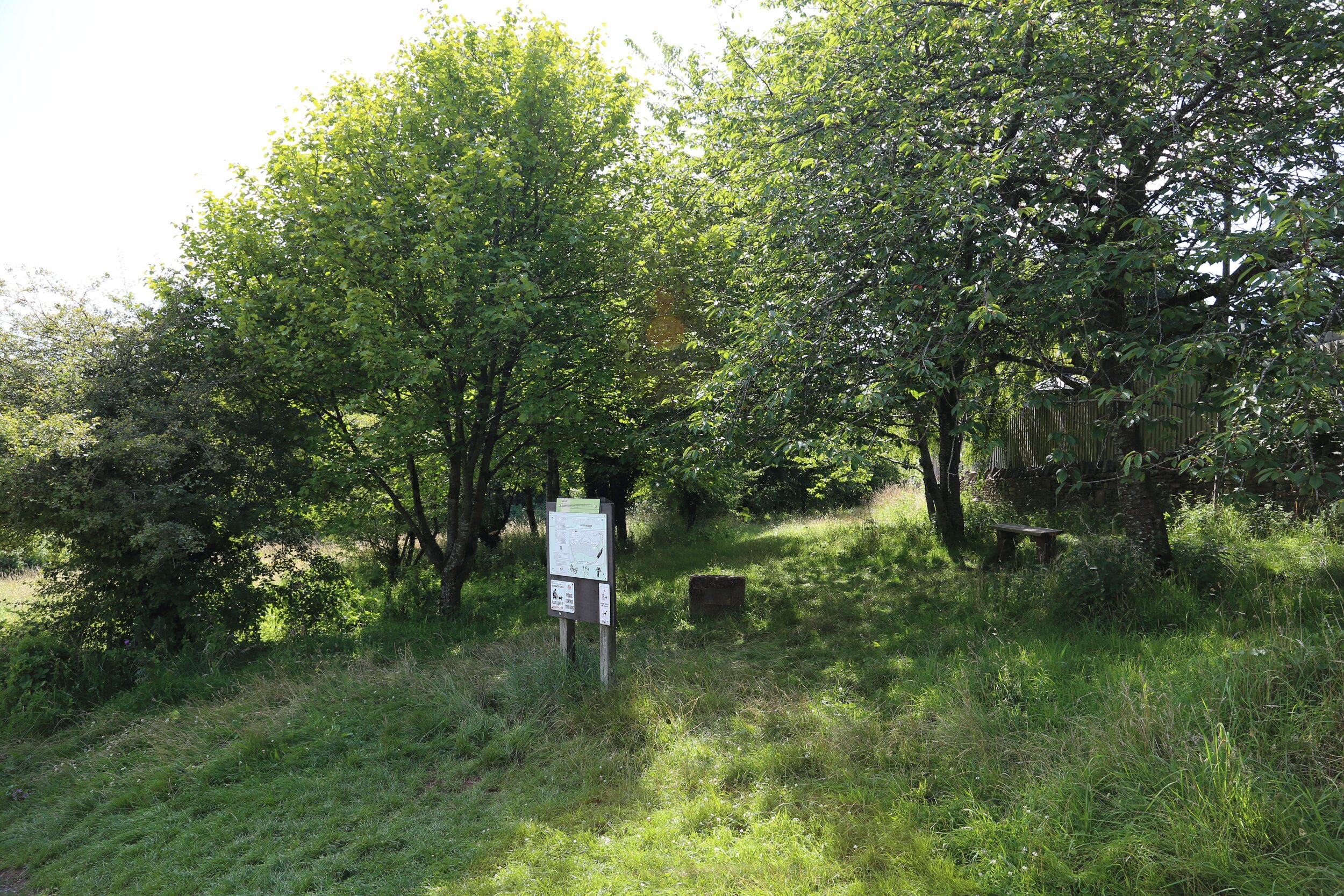
History of the Land
Old Sneed Park, once part of a much larger area of land, was enclosed as a deer park in 1274 for the provision of venison for the Bishops of Worcester, to whom the land had been given by William the Conqueror. The estate was bordered by the Downs, Mariners’ Path and the River Avon.
It continued as an entity until the dissolution of the monasteries (1534 – 1539) when Henry VIII gave the estate to Ralph Sadlier.
The original house was replaced by a Jacobean mansion with its gardens and parkland. This was much modified in Victorian times and eventually it was demolished after a fire in 1972. The flats of Cedar Court and Westonian Court now stand on the site of the house.
The estate remained intact until 1853 when a special Act of Parliament enabled the heirs to sell off the land. Gradually roads were laid out and houses built, until only the 6.6 hectares of the Nature Reserve was left. Planning permission was not granted for the proposed housing so the developer ceded the land to Bristol City Council for as long as it remains open space.
Most of the land which makes up the reserve was the original deer park, which means that these are ancient grasslands which have not been ploughed or fertilised. As such they are ecologically very valuable.
A little stream once flowed into the valley, but this was culverted many years ago. Two small ponds can be seen on the early Ordnance Survey map, but some time after the 1889 edition it can seen that these had become one lake. The dam and sluice were probably built about 1900.
Johannes Kip (1653-1722) was a Dutch draughtsman, engraver and print dealer who followed William of Orange to England after the Glorious Revolution of 1688. He was a successful book illustrator and also became famous for the engravings he produced of substantial properties such as the above.
This image has been kindly provided by Bristol Museum
Contemporary Engraving by Johannes Kip
Copyright Bristol Culture (Bristol Museums and Art Gallery)
The Glenavon Park entrance
View of the lake in 2020




